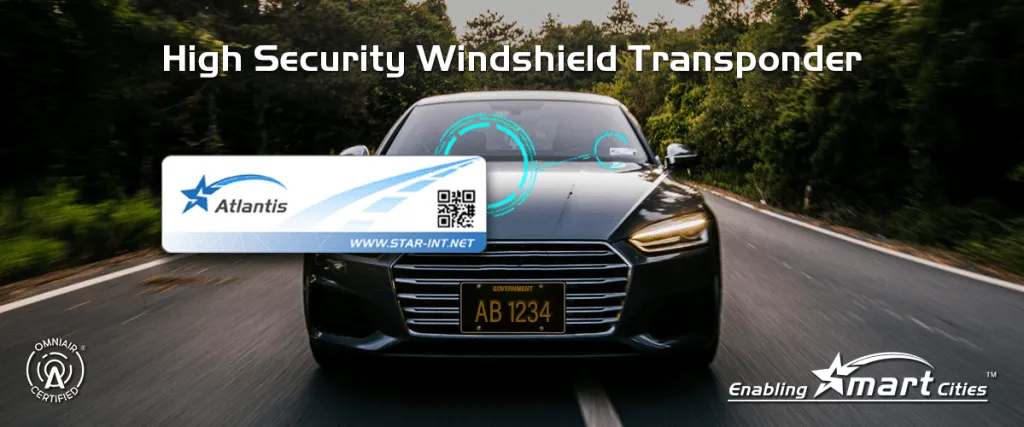Nedap, a specialist in systems for long-range identification, wireless vehicle detection and city access control, will use the 2015 ITS World Congress, to introduce the next generation of Microwave RFID reader, Transit Ultimate, that identifies vehicles and drivers at a distance of up to 10 metres (33 ft.) and a travelling speed of up to 200 km/h (125 mph) by using semi-active (2.45 GHz) RFID technology. The new Transit Ultimate contains a second communication channel at 433 MHz that enables a wider bandwid
October 6, 2015
Read time: 1 min











